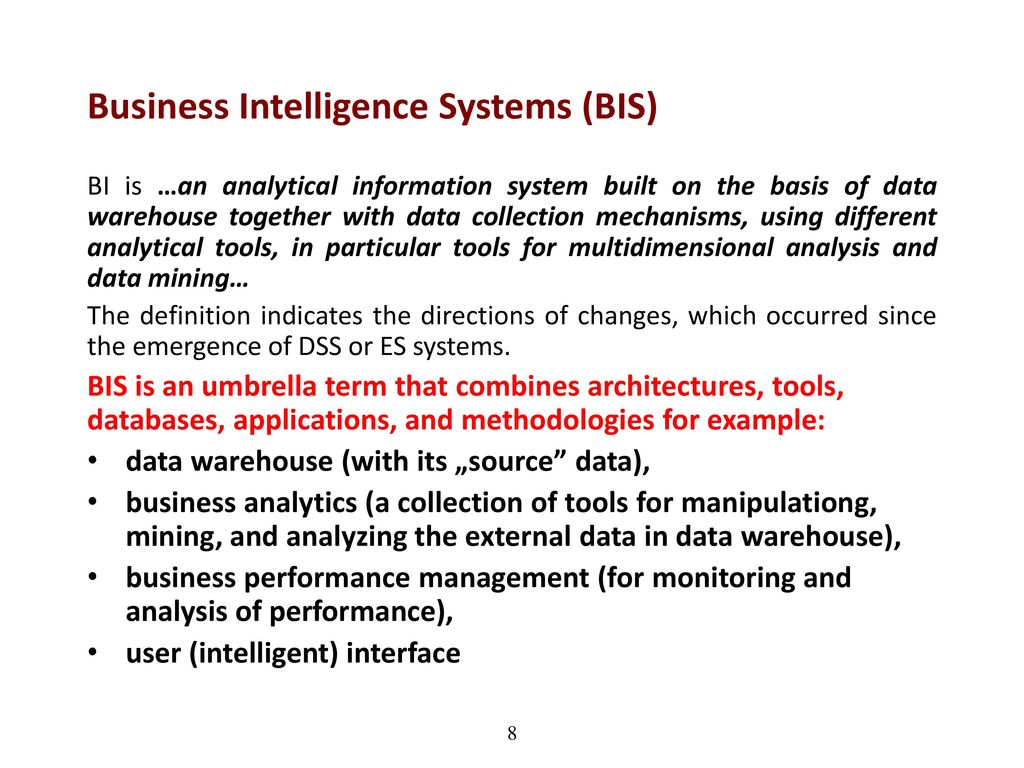Understanding Car Accidents and Determining Fault
Accidents—they’re a part of life, especially when you’re behind the wheel. They can be minor fender benders or major collisions that can change your life in an instant. If you’ve recently been involved in a car accident, you’re likely wondering who’s at fault. Figuring out who is legally responsible for an accident can be like putting together a puzzle—it takes time, patience, and a close examination of all the pieces.
Determining Fault
Who’s to blame for a car accident isn’t always cut and dry. There are several factors that come into play, including:
- Who caused the accident: This may seem obvious, but sometimes it’s not so easy to determine. If you rear-end someone, it’s pretty clear that you’re at fault. But what if you’re driving down the road and someone runs a red light and hits you? In that case, the other driver would be at fault.
- Who had the right of way: This is another important factor to consider. If you have the right of way, and someone else hits you, they are likely at fault. However, there are some exceptions to this rule. For example, if you’re speeding or driving recklessly, you may still be at fault even if you had the right of way.
- Who was negligent: Negligence is a legal term that refers to carelessness. If someone was negligent in their actions, they may be held liable for an accident. For example, if someone was texting while driving and caused an accident, they could be found negligent.
What Happens If I’m at Fault?
If you’re found to be at fault for an accident, you could be held liable for damages. This means that you could be responsible for paying for the other driver’s medical bills, property damage, and lost wages. You could also be facing criminal charges, such as reckless driving or vehicular homicide. If you’ve been involved in an accident and you’re worried about who’s at fault, the best thing to do is to contact a qualified attorney. They can help you understand your legal rights and options.
Car Accident: My Fault, Now What?
Driving is an integral part of our lives and in the associated daily commute, accidents might happen. Being involved in a car accident can be a stressful and confusing experience, especially if it’s your fault. In such situations, knowing the right steps to take can help minimize the impact and ensure your safety and well-being. This comprehensive guide provides a step-by-step approach to navigate the aftermath of a car accident when you’re at fault.
Steps to Take After a Car Accident
1. Secure the Scene and Check for Injuries
After a car accident, the first priority is to ensure the safety of yourself and others involved. If possible, pull over to the side of the road and turn on your hazard lights. Stay calm and assess the situation. Check for any injuries to yourself or your passengers. If you or anyone else is injured, call for emergency medical assistance immediately.
2. Exchange Information
Once the scene is safe and medical attention has been sought, it’s crucial to exchange information with the other driver(s) involved. Get their name, contact information, insurance details, and license plate numbers. Take photos of the accident scene, including the damage to both vehicles and any visible injuries. These details will be essential for insurance purposes and any legal proceedings that may follow.
It’s important to remain calm and cooperative during this process. Avoid admitting fault or discussing the accident in detail, as this could be used against you later. Instead, focus on gathering the necessary information and providing a clear account of what happened.
If you’re feeling overwhelmed or disoriented, don’t hesitate to ask for assistance from a bystander or law enforcement officer. They can help you gather the necessary information and ensure your safety.
In some cases, the other driver(s) may be uncooperative or even aggressive. If this happens, remain calm and try to defuse the situation. If they continue to be hostile, call the police. Your safety is paramount, so don’t hesitate to prioritize it above all else.
Remember, the goal of exchanging information is to establish a record of the accident and facilitate the insurance claims process. By following these steps, you can help ensure that you have the necessary documentation to support your case.
3. Report the Accident
In most states, you are legally required to report a car accident to the police if there is property damage or injuries. Even if the accident seems minor, it’s always a good idea to file a police report. This will provide an official record of the incident and can be helpful if there are any disputes or insurance issues down the road.
When reporting the accident, be sure to provide the police with as much information as possible, including the details you gathered in the previous steps. They will investigate the accident and prepare a report that can be used for insurance and legal purposes.
4. Contact Your Insurance Company
After reporting the accident, you should contact your insurance company as soon as possible. They will need to be informed of the accident and will begin the process of investigating your claim. Be sure to provide them with all the details of the accident, including the police report number (if available).
Your insurance company will assign a claims adjuster to handle your case. This person will be your point of contact for all communication regarding your claim. They will review the details of the accident, determine the extent of coverage, and help you file a claim.
It’s important to be honest and cooperative with your insurance company. Providing them with accurate information will help them process your claim quickly and efficiently.
Oh, boy! You’ve had a car accident, and it’s your fault. Now what? It’s not an easy situation to be in, but it’s important to stay calm and take the right steps to protect yourself and others. One of the first things you’ll need to do is assess who’s at fault for the accident. This can be a complex process, but it’s essential to getting the compensation you deserve.
Assessing Fault and Legal Liability
When it comes to car accidents, fault is typically determined by negligence. Negligence is a legal term that refers to the failure to exercise reasonable care. In other words, if you were driving recklessly or carelessly and caused an accident, you may be considered negligent. There are many different factors that can contribute to negligence, such as speeding, running a red light, or driving while intoxicated. Negligence is not always easy to prove, but there are a few things you can do to help your case. First, try to get the names and contact information of any witnesses. Second, take pictures of the accident scene. Third, file a police report. The police report will contain important information about the accident, such as the time, date, and location. It will also include the names of the drivers involved and the insurance companies.
In addition to negligence, there are other factors that can affect legal liability in a car accident. These factors include traffic laws and insurance coverage. If you were violating a traffic law when the accident occurred, you may be held liable, even if the other driver was also at fault. For example, if you ran a red light and hit another car, you may be held liable for the accident, even if the other driver was speeding. Insurance coverage can also play a role in determining legal liability. If you do not have insurance, you may be held personally liable for the damages caused by the accident. This means that the other driver could sue you for their injuries and damages.
A Responsible Mistake: Understanding the Aftermath of a Car Accident That’s Your Fault
It’s a moment that can leave you shaken, disoriented, and filled with guilt. In a split second, a car accident can alter the course of your life, leaving you with injuries, property damage, and the realization that the blame lies squarely on your shoulders. While it’s impossible to erase the past, understanding your rights and exploring options for compensation can empower you to navigate the aftermath and begin to move forward.
Seeking Compensation
The aftermath of a car accident can leave you facing a mountain of expenses, from medical bills to lost income and vehicle repairs. Recognizing the financial burden that you may be facing, the law provides avenues for seeking compensation from those responsible for your injuries. If you were involved in an accident that was your fault, you may still have options for recovering damages.
Navigating the Legal Labyrinth
Insurance policies are complex legal documents, and navigating them can be a daunting task. It’s crucial to understand the coverage provided by your insurance policy and how it can assist you in obtaining compensation. Reach out to your insurance company promptly and provide them with all the necessary information about the accident. Their representatives can guide you through the process and help you file a claim.
Exploring Third-Party Liability
In some cases, even if you were at fault for the accident, you may still be able to seek compensation from a third party. For example, if your accident was caused by a defective product or a poorly maintained road, you may have a claim against the manufacturer or the government agency responsible for maintaining the road. Seeking legal advice can help you determine if you have grounds for a third-party claim.
Building Your Case
To strengthen your case for compensation, it’s important to gather as much evidence as possible. This may include obtaining medical records, witness statements, and photographs of the accident scene. Keep track of all expenses related to the accident, such as medical bills and lost wages. A thorough and well-documented case will support your request for compensation.
Car Accident My Fault: Taking Responsibility, Learning, and Preventing Future Mishaps
As a responsible driver, owning up to our mistakes is crucial. If we find ourselves in the unfortunate situation of causing a car accident, navigating the aftermath can be stressful and overwhelming. However, it’s imperative that we prioritize taking responsibility and learning from the experience to prevent future incidents.
Acknowledging Responsibility and Insurance
In the aftermath of a car accident, it’s essential to accept responsibility if it was our fault. This means being honest with ourselves and the other drivers involved. Failure to acknowledge fault could not only result in legal consequences but also strain our conscience and damage relationships. It’s also crucial to report the accident to our insurance company promptly to initiate the claims process and fulfill our legal obligations.
Understanding Fault and Liability
Determining fault in a car accident involves analyzing the actions of all parties involved. Factors such as speeding, distracted driving, or failure to yield can contribute to determining who is responsible. Liability refers to our legal responsibility for damages and injuries caused by the accident. Understanding fault and liability is essential for navigating insurance claims and potential legal proceedings.
Handling Emotions and Communication
After a car accident, it’s natural to experience a range of emotions, including guilt, anger, and confusion. It’s important to acknowledge these feelings and seek support from friends, family, or a therapist if needed. Open and honest communication with the other drivers involved can help ease tensions and facilitate a fair resolution. Remember that empathy and understanding go a long way in such situations.
Learning from the Experience
Car accidents, while unfortunate, can serve as valuable learning opportunities. Take time to reflect on what went wrong and identify areas where improvement is needed. Whether it’s attending a defensive driving course, enhancing our awareness of potential hazards, or simply being more vigilant, proactive steps can significantly reduce the risk of future incidents.
Preventing Future Accidents
Learn from the experience and take proactive steps to avoid similar incidents.
Prevention is always better than cure. After a car accident, it’s not just about addressing the immediate consequences; it’s also about taking proactive measures to prevent similar mishaps from occurring in the future. Here are some key steps to consider:
-
Enhanced Awareness: heighten our awareness of potential hazards by scanning the road ahead and anticipating the actions of other vehicles.
-
Defensive Driving Techniques: equip ourselves with defensive driving techniques to minimize the impact of unexpected situations. This includes maintaining a safe following distance, avoiding distractions, and being prepared to react quickly.
-
Vehicle Maintenance: ensure our vehicles are in optimal condition by performing regular maintenance checks. This includes ensuring that brakes, tires, and lights are functioning properly to prevent mechanical failures.
-
Speed and Aggression Management: recognize the dangers of excessive speed and aggressive driving, which significantly increase the risk of accidents. Adhering to speed limits and maintaining a calm and collected demeanor can go a long way in preventing mishaps.
-
Continuous Learning and Improvement: view car accidents as learning opportunities and seek ways to improve our driving skills. Attending defensive driving courses, reading up on safe driving practices, and sharing knowledge with others can contribute to a safer driving environment.




Leave a Reply